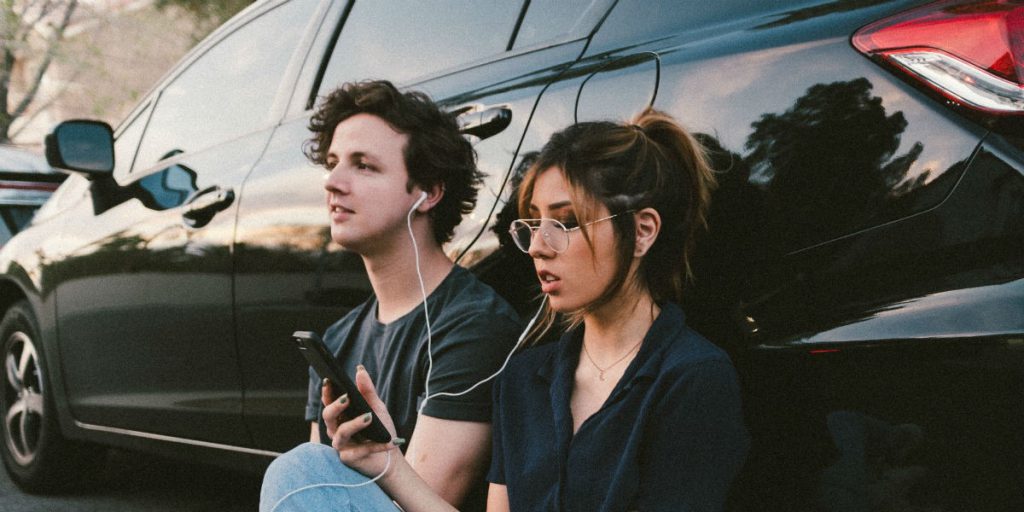January 14, 2020
One of the world’s most downloaded applications, TikTok continues to achieve meteoric growth. Using music in a new way, should it operate the same as streaming platforms or is there a variation required?

With over 1.5 billion downloads, Tik Tok is one of the most talked about brands in the world right now. Launched in 2017 by Shanghai company Bytedance, it allows its users to create and share short 3-15 second videos featuring licenced music. The video sharing application has now overtaken social media behemoths such as Facebook and Instagram. The app now has 1 billion active users creating these snackable videos straddling the worlds of social media and music. Bytedance understands this and has hired various music industry heavyweights onto their team, including two Warner Music Group Executives in recent months. Despite strong links to the music industry through these hires, this new use of music has presented many considerations around royalties.
TikTok and its Bytedance’s Chinese only offering DouYin are generating a lot of consumer spending. In a recent report, Sensor Tower shared that TikTok has generated $115.3 million from user spending. Its coin system allows users to send payments to support their favourite creators. In addition to this, there is another revenue element to TikTok, artist promotion. Labels are reported to be paying TikTok’s most popular creators large funds to promote music by using them in their artist’s songs in their videos. With TikTok’s soaring popularity and tendency for video virality, a song can become a hit through the platform, for example, Lil Nas X’s Old Town Road. With an algorithm in place to support new videos, rather than promote the same creators, there are real opportunities for music to reach new and significant audiences through the app.
Music is vital to the platform, without it the appeal to its growing user base may be lost. Despite this, Bytedance and music collections interest groups have not yet established a mutually effective agreement on the payment of music royalties. The current process of royalty payment is by each posted video. However, with popular videos achieving huge volumes of views, particularly due to the repeatability of such short videos, this may not be fair to artists. This is an issue of contention for both sides.
From the perspective of music collection organisations, if TikTok benefits from the music of artists within their repertoires, the large payments must be made. This is supported by the world’s three largest music labels demanding more money. Countering this, Bytedance argues that TikTok is not a streaming platform, and therefore cannot be treated as such. Rather than access an artist’s whole catalogue of music a short snippet of a song is used. This throws up many complexities for music collections payments. Despite this Bytedance say they highly value and respect music rights.

As TikTok dominates the world of social media, now Bytedance has its sights set on music streaming. With 1 billion active monthly users on TikTok, the announcement of Bytedance’s plan to launch a streaming service sent a shockwave through the streaming world. Comparatively, at 217 million active monthly users, Spotify saw a 3% drop in its stock price.
Bytedance is set to continue to impact the music industry. Whether it be through acquisitions of apps like Musical.ly, its new and complex use of music or the launch of a rival to Spotify, the application will continue to draw a lot of attention from the music rights industry. Talk to the music matching team to discuss how the highly dynamic Matching Engine can support your systems as new industry developments arise.